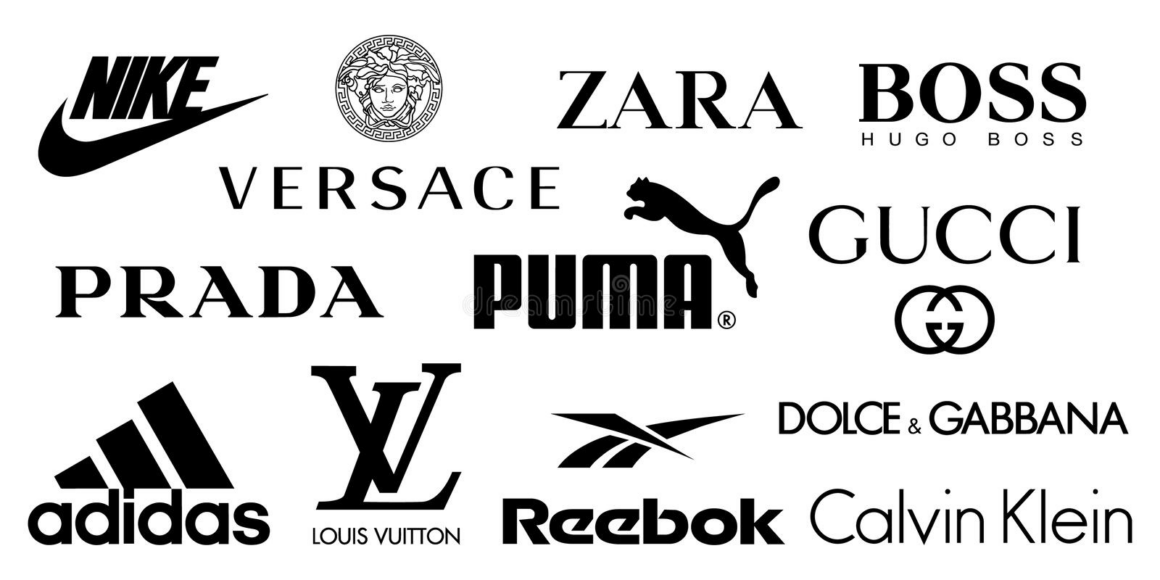
Everyone thinks of fashion as being a highly competitive industry, and it is. With net profits averaging out at around 7% margins are tight. Naturally, there is a lot of pressure to get things right. Small fashion brands only need a bad quarter to put themselves in a very precarious position financially.
For consumers, there are a lot of choices. Just go online and Google, either “men´s fashion,” “women`s fashion” or “clothes for kids” and you will get back hundreds of results. Or thousands if the searcher is located in a large city. Potentially, every single one of those websites can send clothes to the person searching. That is a huge level of competition.
So yes, the fashion industry is competitive. But that does not necessarily mean that there is no room for small players. It is not the monopoly it appears to be. Read on and you will see why we say that and get some guidance on how small retailers can compete effectively against companies that have far more resources.
How much of the fashion market do the big brands control?
There are some huge fashion brands out there. They have a global reach.
It is estimated that twelve fashion companies control 10% of the market. Yet, each one still has a relatively small share of overall fashion sales. Here are a couple of examples:
- Nike is the world´s number one clothing brand. Yet, they only represent 2.8% of all of the clothes sold globally.
- Primark only has a 0.4% share of the global fashion market.
If you want to see more examples, click here.
It is still possible for smaller brands to disrupt
Of course, it would be difficult and take a long time to knock big retailers like Zara, Adidas, Nike, or Christian Dior off the top spots. But there is still a significant percentage of the industry up for grabs.
Take for example the Chinese fashion brand SHEIN. It was only established in 2008, yet they already have a turnover of $10 billion and serve customers in 220 countries. You would have to go some to go from zero to billions as fast as they have. But it does demonstrate that there is still room in the fashion industry for small players to make it big.
Simple tactics small fashion brands can use to disrupt the market
However, to do so you have to take the right approach. Here are some of the things you need to look at doing:
Offer something special
You need to stand out from the crowd. Offering something a little different is a terrific way to do this. Many of the most recent success stories are coming out of the eco-fashion sector. TenTree is a notable example. For every item they sell they plant 10 trees, hence the name. This small fashion brand which is all about saving the planet started in 2011. They now sell globally and turn over $40.4 million and by 2020 have planted 50 million trees. You can read about their success here.
Provide amazing customer service
An awful lot of the bigger brands do not provide an excellent customer experience. It is not unusual to go into one of their stores and find it practically impossible to find someone free to spend time helping you. Small stores that employ personable staff and train them well can easily beat large stores when it comes to the quality of the customer service they offer.
Use digital screens to help, engage and temp your customers
Engaging with customers when they are in your store is vital. Digital display screens make this easy to do. There are lots of ways to use them. For example, you can share exclusive offers, highlight the latest trends, or show in-store customers what your online clients are excited about by doing things like sharing your company´s social media feeds. If you would like to learn more about how to use digital signage software for retail to make more sales and build brand and customer loyalty, just click the link.
Tap into the power of social media
Every physical fashion brand should have a digital presence. Even in the early days when they do not sell online. Social media accounts are a terrific way to do this. They enable them to reach a huge market and learn more about what customers want. This full, yet simple, guide explains how small fashion brands can use social media to grow.
The future of the industry
There is little doubt that the bigger brands will work to increase their market share. But it will be a long time before they truly monopolise the industry.
